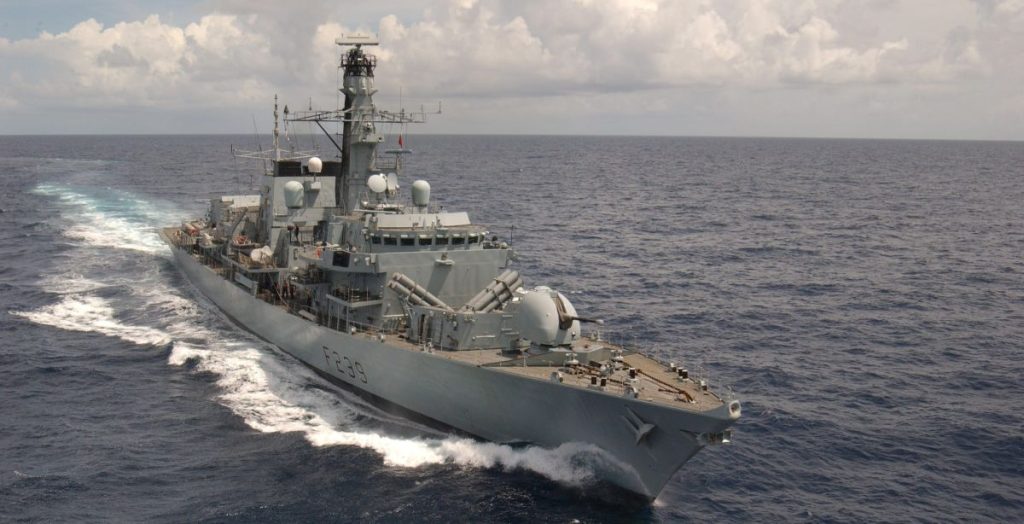Britain has begun developing a new Atlantic surveillance drone network.
Others are reading now
The British Royal Navy has announced plans to develop a defense project called the “Atlantic Net.”
A next-generation maritime defense project
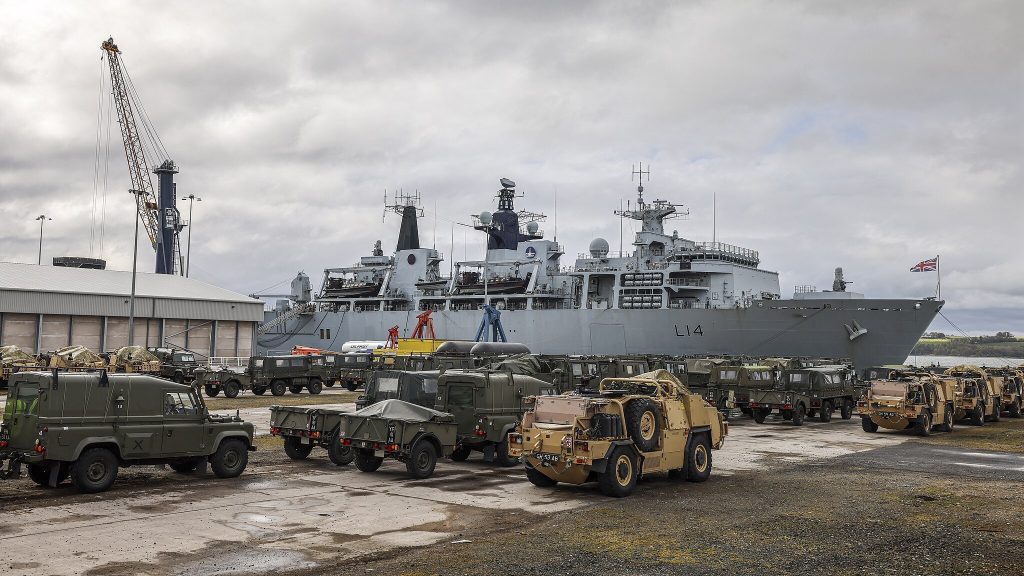
According to the UK Defence Journal, the “Atlantic Net” is a cutting-edge surveillance drone network designed to detect and track submarines across the North Atlantic.
The initiative was announced amid rising Russian naval activity and growing intelligence concerns, including reports that a Russian submarine experienced a breakdown near Gibraltar during a recent covert mission close to NATO waters.
What is Atlantic Net?

The Ministry of Defence (MOD) has launched a tender for Atlantic Net, the opening phase of Project CABOT—a long-term effort to expand the Royal Navy’s use of autonomous systems and data-driven anti-submarine warfare technologies.
According to the MOD notice, Atlantic Net will provide “Underwater Intelligence, Surveillance, and Reconnaissance (ISR) as a service” through a Contractor Owned, Contractor Operated, Naval Oversight (COCONO) model.
Also read
Run by private companies
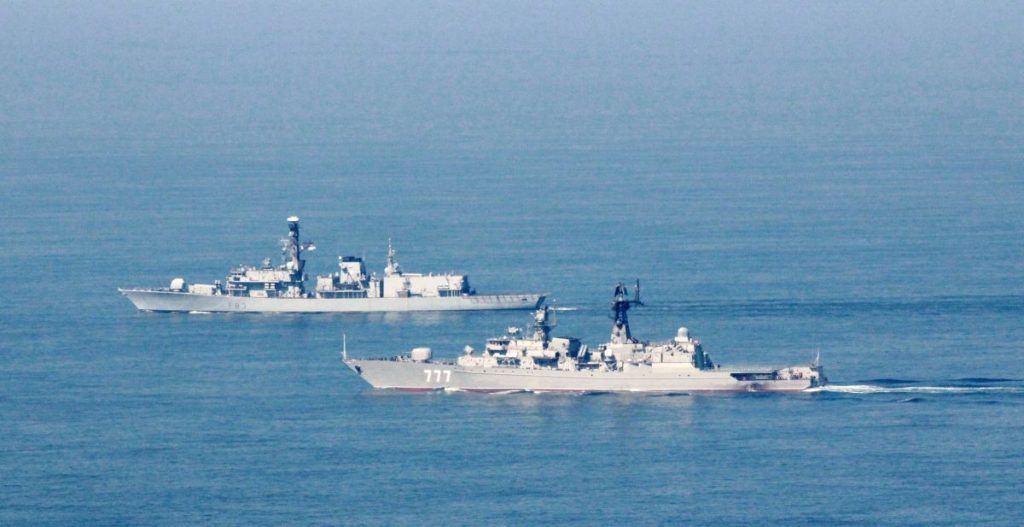
This means that private companies will run the drones and data systems under Royal Navy supervision.
The project will prioritize real-time intelligence sharing, allowing maritime commanders ashore to make faster strategic decisions.
Structure and timeline

The system’s initial framework—symbolically valued at £1 per contract lot—will operate between December 17, 2025, and March 31, 2026, according to the MOD’s tender portal.
Two separate procurement lots will be established:
- Commercial Mission Partners (CMPs) — selected firms responsible for meeting specific milestones and operational targets.
- Potential Supplier Pool — a group of additional companies whose technologies could later be integrated into the wider network.
Exempt from the Procurement Act
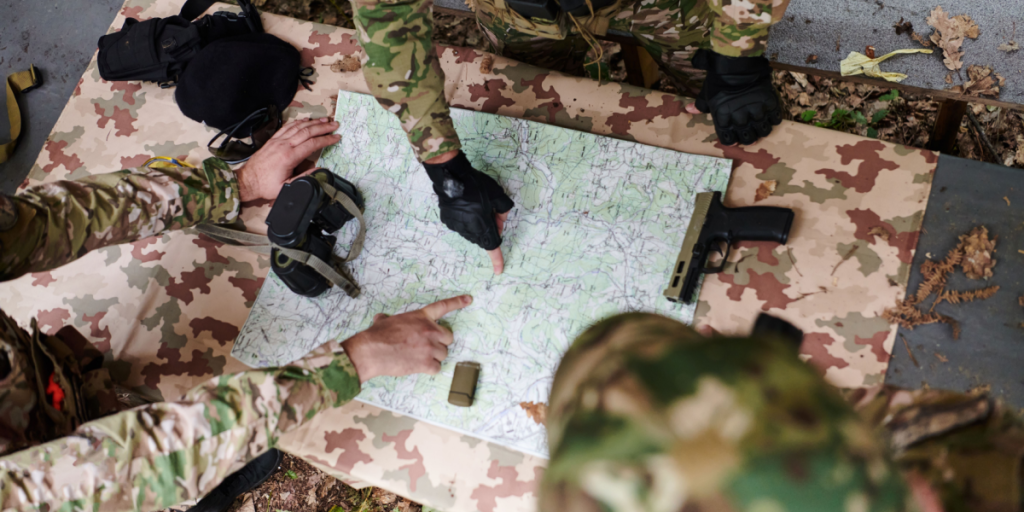
Although the MOD stated the project is “exempt from the Procurement Act 2023 under Defence Intelligence and National Security Grounds,” it pledged to “follow the spirit of the Act where possible.”
Also read
Building on earlier Royal Navy programs
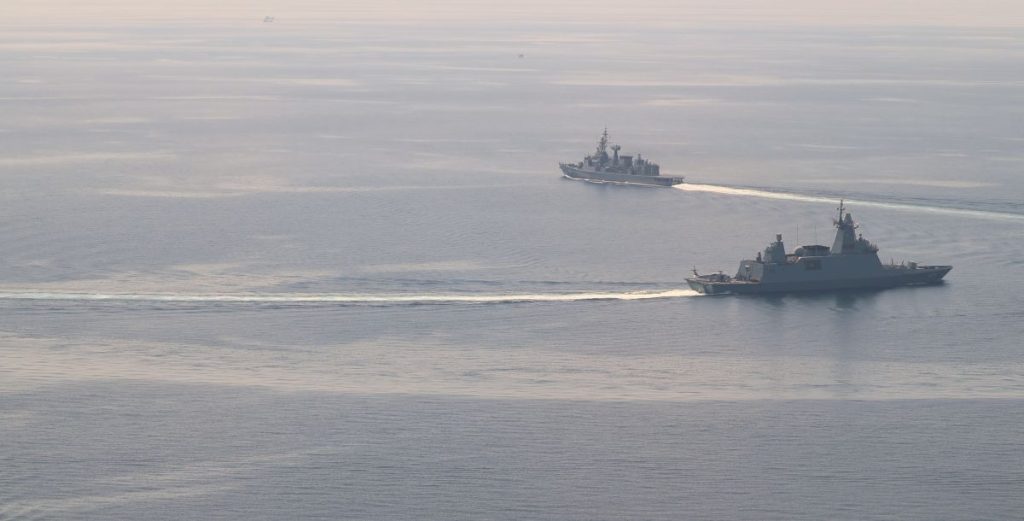
Atlantic Net builds on several previous experimental programs, including Project CHARYBDIS and the ASW Spearhead Initiative.
These efforts have tested drone-based systems for anti-submarine warfare (ASW) and long-range reconnaissance.
Together, they form part of NATO’s Smart Defence strategy, which aims to build an automated anti-submarine barrier across the North Atlantic, reducing reliance on traditional crewed ships and aircraft.
Atlantic Bastion and beyond
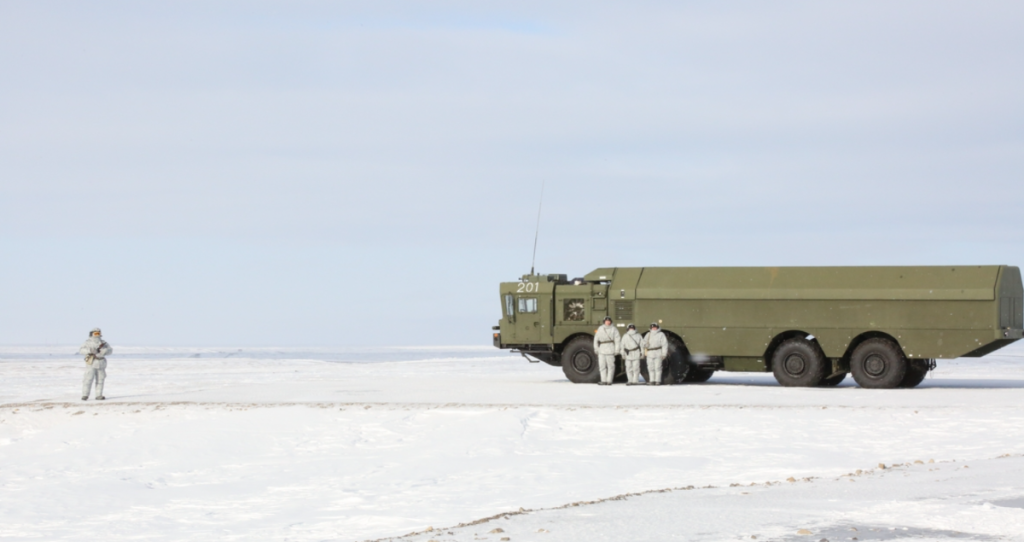
The MOD plans to expand the program in later phases, including “Atlantic Bastion,” which will bring the system fully under Royal Navy control.
This stage will integrate new Type 92 Sloop drone ships and Type 93 Chariot autonomous submarines into the surveillance grid.
Also read
Once complete, the network will form a persistent undersea monitoring system, capable of tracking submarine and espionage activity from the Arctic Circle to Western Europe.
Rising Russian undersea presence
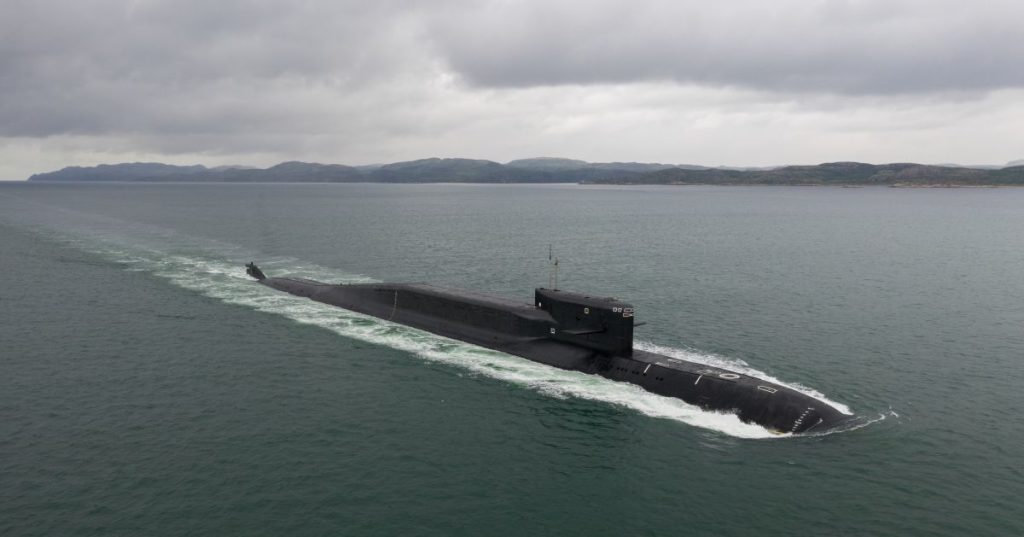
Intelligence agencies have warned that Russian submarines may target critical infrastructure, such as communication cables and energy pipelines running across the Atlantic seabed.
The UK and its NATO allies have already intensified aerial surveillance. Recently, a Royal Air Force RC-135W Rivet Joint electronic intelligence aircraft patrolled around Kaliningrad, Russia’s heavily militarized Baltic enclave.
These flights, part of routine NATO intelligence-gathering missions, have continued regularly since before Russia’s 2022 invasion of Ukraine.
A defense shift
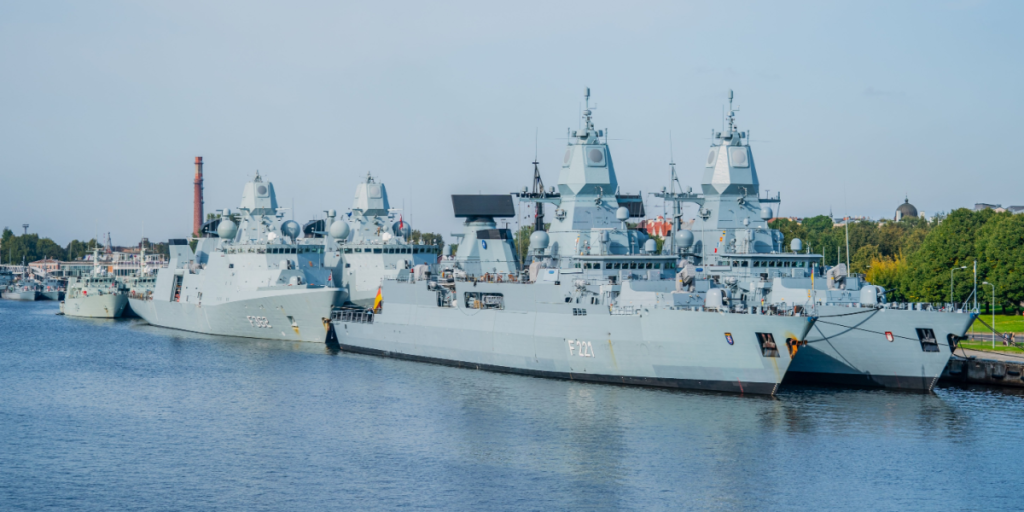
By launching Atlantic Net, the Royal Navy is positioning itself at the forefront of autonomous naval defense technology.
Also read
Officials say the system will enhance deterrence, streamline intelligence sharing, and strengthen coordination with NATO allies in the face of evolving threats.

